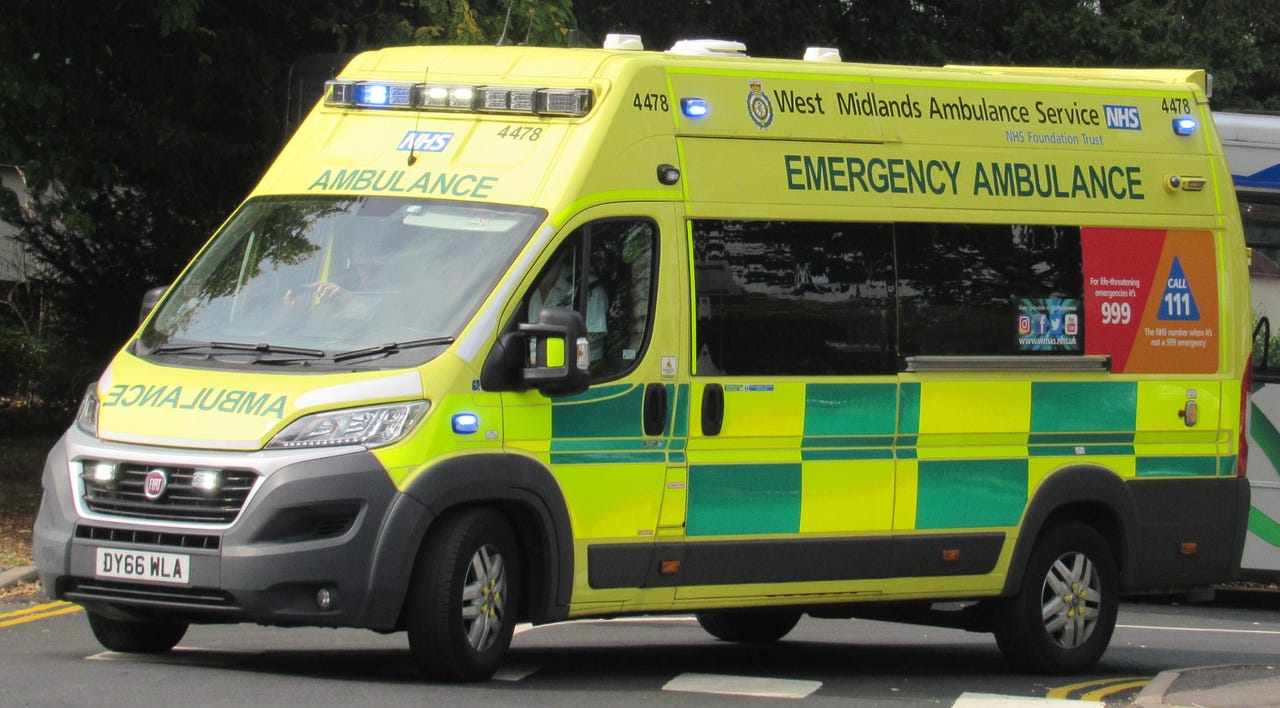Can virtual capture make up for a shortage of ambulances?


The Red Cross in Germany is using reality capture in their ambulances to accelerate the training of paramedics and volunteers. The effort has the potential to expand globally to support all Red Cross emergency responders.
Unlike in the United States, where ambulances are dispatched predominantly by private companies, in Germany, 8 out of 10 paramedics are volunteers. Typically those volunteers are trained one-on-one or in small groups inside the ambulances -- when an ambulance is available.
Ambulance priority, of course, goes to sick or injured patients who need it, and that means training backlogs. Immersive virtual modules look to be a promising solution.
I've written before about the rapid spread of virtual training, both in enterprise environments and in industries like nuclear power. Virtual technology is especially helpful where training spaces are limited or workers are widely distributed, which is the case with ambulance personnel in Germany.
The headset technology enabling immersive virtual training modules gets a lot of attention, but the reality capture technology on back end gets less love. To train more volunteers and do it faster in a real world environment, the Red Cross used reality capture and digital laser scanning technology from Leica Geosystems to capture the interior of the ambulance and create an immersive virtual learning module. Since all the Red Cross ambulances are the same, this module can be easily shared. This way, more first responders and volunteers can be trained knowing the data and re-creation of the space is exactly accurate.
Leica Geosystems, which makes hardware to perform precise spatial measurements for a variety of industries, including construction, previously teamed up with the Frank Lloyd Wright Foundation to digitally preserve the architect's iconic properties and offer unprecedented worldwide access. The company also helped map an ancient tomb known as the Sistine Chapel of Egypt. Both the Wright project and the tomb mapping, as well as the Red Cross' effort in Germany, relied on Leica's BLK360, a lightweight, easy to use 3D-imaging laser scanner that's useful for monitoring construction projects and other site-specific jobs.
The scanner captures 360 degree spherical imagery, allowing for immersive navigation of physical spaces at high resolution. The device also captures an ultra-precise laser reproduction of environments as a point cloud. Panoramic images in full-color are overlaid on the high-accuracy point cloud.
The scanner is used in industries as varied as archaeology, architecture, and special effects for events.
The Red Cross is considering expanding its virtual training program to its responders around the world.